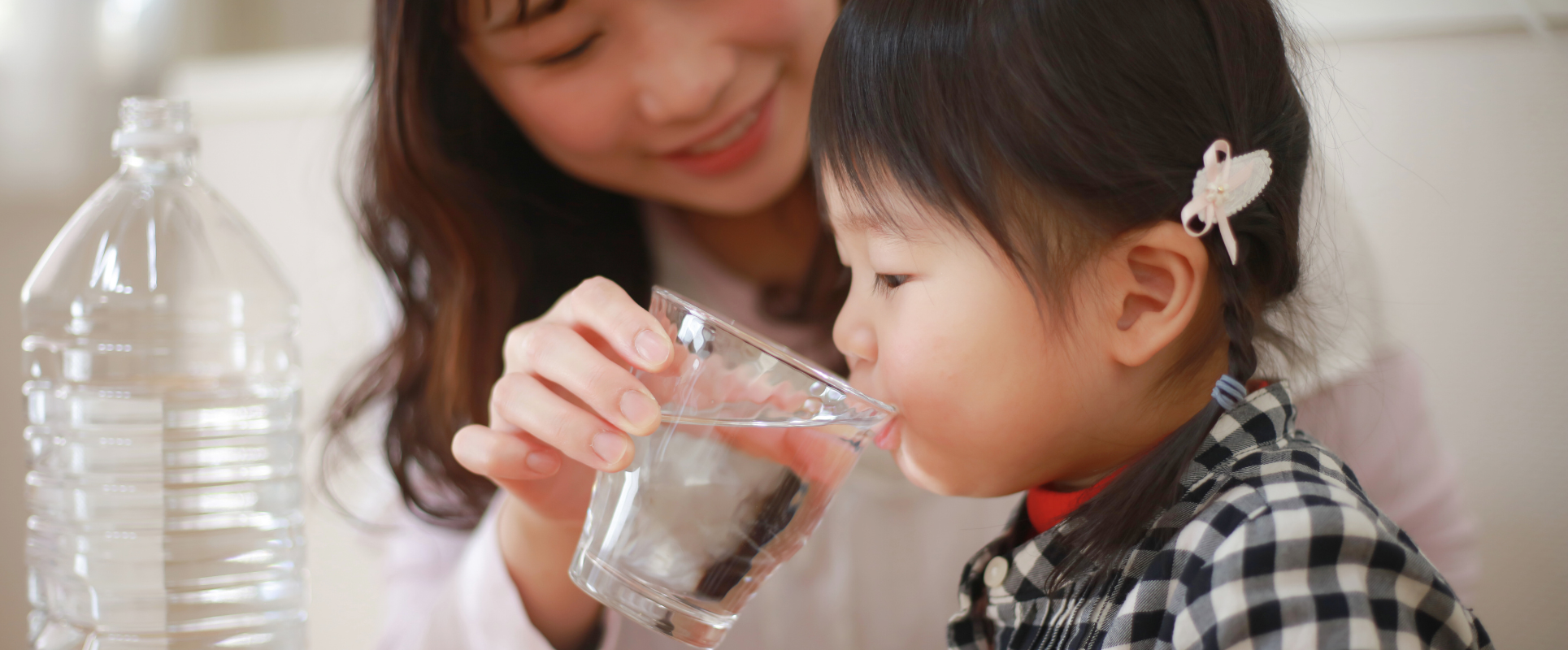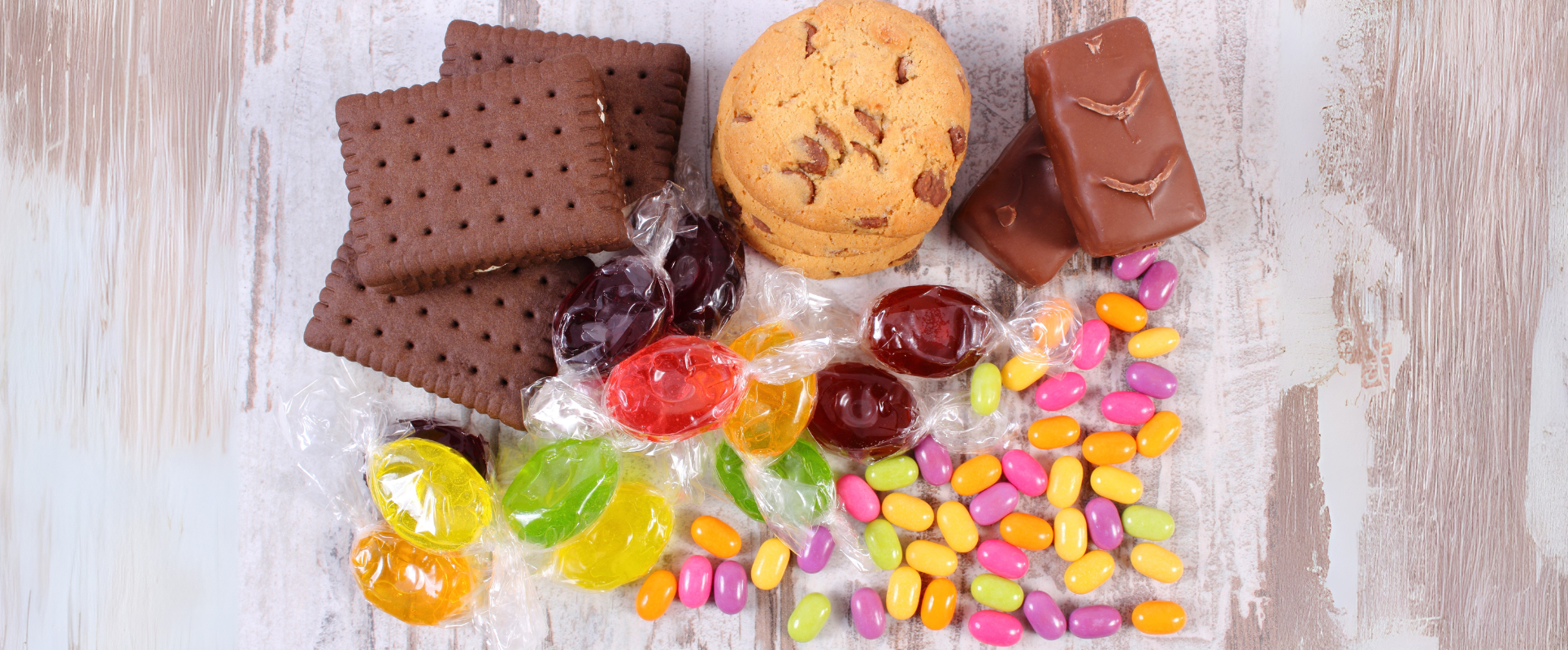
All About Baby Skin: Surprising Facts Parents Rarely Know
When parents think about baby skin, the first words that often come to mind are “soft” and “delicate.” While this is true, baby skin is far more complex than it seems. From its ability to absorb substances quickly to its natural protective barriers that are still developing, understanding your child’s skin can help you care for it better.
This article reveals fascinating facts about baby skin that many parents rarely know, supported by pediatric dermatology research and expert advice.
1. Baby Skin Is Thinner and More Permeable
Baby skin is about 20–30% thinner than adult skin. This makes it:
-
Softer to the touch
-
More prone to irritation, dryness, and rashes
-
More permeable, meaning it can absorb substances (including chemicals) faster
💡 Parent tip: Always choose fragrance-free, gentle products formulated specifically for babies.
2. The pH Balance of Baby Skin Changes Over Time
At birth, a baby’s skin is nearly neutral in pH. Within weeks, it shifts to a slightly acidic level (around 5.5), which helps protect against harmful bacteria.
-
A healthy acid mantle strengthens natural defenses
-
Disruption (by harsh soaps) can cause eczema or irritation
💡 Parent tip: Avoid alkaline soaps; use mild cleansers to maintain the protective barrier.
3. Babies Lose Moisture Faster
Because the skin barrier is still developing, infants lose water more quickly than adults. This condition, called transepidermal water loss (TEWL), makes them prone to dryness.
💡 Parent tip: Regular moisturizing, especially after bathing, helps lock in hydration.
4. Vernix Caseosa: Nature’s First Moisturizer
That white, creamy substance covering newborns is called vernix caseosa. Far from being “dirty,” vernix:
-
Protects against infection in the womb
-
Acts as a natural moisturizer
-
Helps regulate temperature after birth
💡 Parent tip: Experts often recommend delaying the first bath for at least 24 hours to allow vernix to do its job.
5. Baby Skin Reacts Strongly to Temperature Changes
Newborns have immature sweat glands. As a result:
-
They can overheat quickly
-
They may develop heat rash (miliaria) in warm environments
-
They struggle to regulate body temperature
💡 Parent tip: Dress babies in breathable layers and adjust according to room temperature.
6. Not All Rashes Are Alarming
Baby skin commonly develops rashes such as:
-
Erythema toxicum (a harmless newborn rash)
-
Baby acne due to maternal hormones
-
Cradle cap (seborrheic dermatitis)
Most rashes resolve naturally. However, persistent irritation or spreading rashes should be evaluated by a pediatrician.
7. Baby Skin Produces Less Melanin
Infant skin produces less melanin, the pigment that protects against UV damage. This means:
-
Babies are more vulnerable to sunburn
-
Even short exposure can cause damage
💡 Parent tip: Keep babies under 6 months out of direct sunlight. Use hats, clothing and shade instead of sunscreen when possible.
8. Touch Has a Profound Effect on Baby Skin
Skin is the body’s largest sensory organ. Gentle touch and skin-to-skin contact:
-
Help regulate heart rate and breathing
-
Promote bonding and emotional security
-
Reduce stress hormones
💡 Parent tip: Daily massage with safe baby oils can support both physical and emotional well-being.
9. Common Skin Conditions Parents Should Know
-
Eczema (Atopic dermatitis): Often linked to genetics and allergies
-
Diaper rash: Caused by prolonged moisture and friction
-
Hives: Allergic reaction or viral response
💡 Parent tip: Recognizing patterns early and consulting healthcare providers can prevent flare-ups from worsening.
Conclusion
Baby skin is more than just soft and smooth, it’s a complex, developing organ that needs protection, hydration and gentle care. By understanding its unique properties, parents can make smarter choices about skincare, clothing and daily routines.
Remember: Every baby is different. If you notice unusual or persistent skin issues, always consult your pediatrician.
References
-
American Academy of Dermatology (AAD) – How to care for your baby's skin, hair, and nails
https://www.aad.org/public/everyday-care/skin-care-basics/care/baby-care-skin-hair-nails -
World Health Organization (WHO) – Caring for a newborn
https://www.who.int/tools/your-life-your-health/life-phase/newborns-and-children-under-5-years/caring-for-newborns -
Centers for Disease Control and Prevention (CDC) – Sun Safety Facts https://www.cdc.gov/skin-cancer/sun-safety/index.html
-
Mayo Clinic – Heat rash: Diagnosis & treatment
https://www.mayoclinic.org/diseases-conditions/heat-rash/diagnosis-treatment/drc-20373282 -
NHS UK – Rashes in babies and children
https://www.nhs.uk/symptoms/rashes-babies-and-children/








